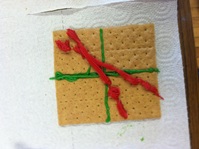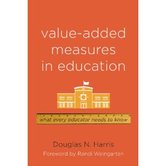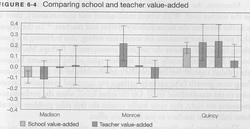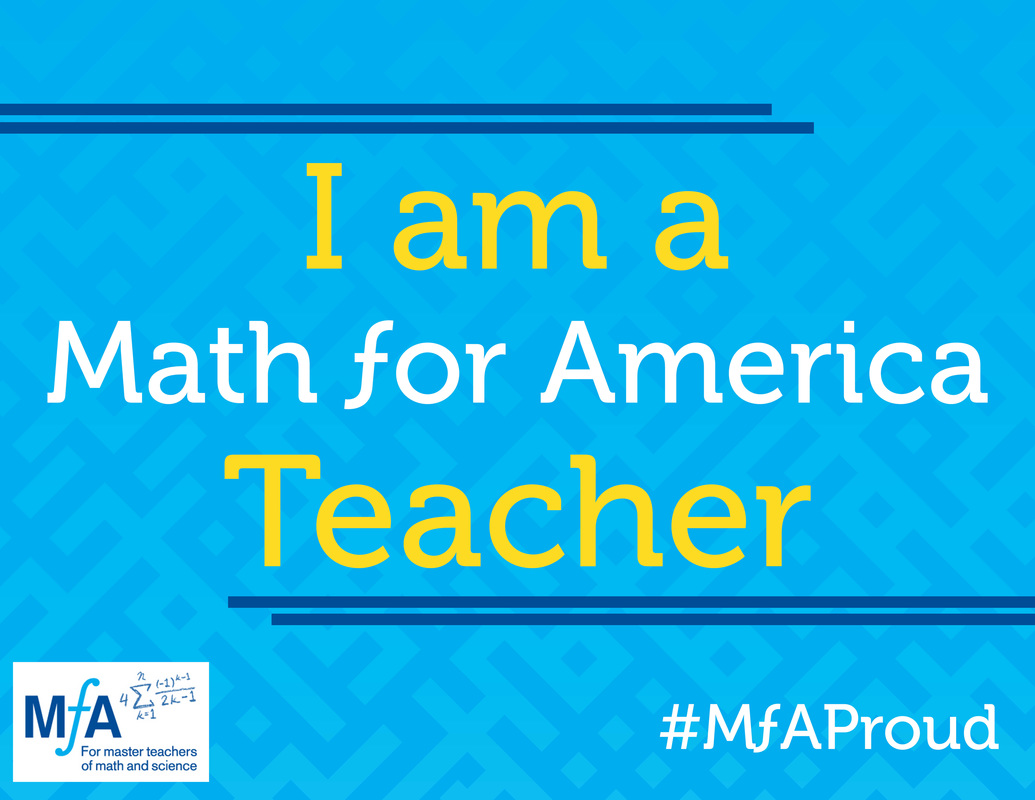"School District possesses full authority to act unilaterally with respect to any matter not expressly set forth in this Agreement."
Perhaps a few quick highlights will be illuminating:
• All salaries will be reduced, with those making the most money to be losing 13% of what they earn. I imagine a wave of retirements and resignings from the veteran cohort of teachers. Say what you will about the stereotypical image of the old-school teacher not doing a good job - but know that the majority of them are good teachers and would continue for years unless this kind of things takes hold.
• Increase in time for school day from 7 hours, 4 minutes to 8 hours. While I understand the desire to increase the number of minutes in high-quality learning environments, the people who are crafting these policies seem unaware of modern biology and psychology. People can only focus for a certain amount of time and after that there is diminishing marginal utility.
• Increase teaching load to six classes per day (from five). As teachers (and friends/family thereof) know, class sizes have ballooned to such a number that each teacher easily sees 150-160 students per day. If another classes were added on top of that, we would be pushing 180 per teacher. If any assignment were given more than 1 minute of time for assessment, that would be 3 hours of work! How could any teacher give reasonable feedback with that load? Answer: they couldn't.
• Elimination of copy machines and textbooks. Not only are teachers supposed to teach 180 students per day, but they are also supposed to do it without resources. It is easy to save money by not providing paper or machinery to copy. It is also easy to eliminate learning by not actually teaching.
If the District is serious about retaining or - more importantly - enticing new teachers to work, they will reconsider this proposal. Otherwise I would be happy to join my compatriots on the picket line.







 RSS Feed
RSS Feed
